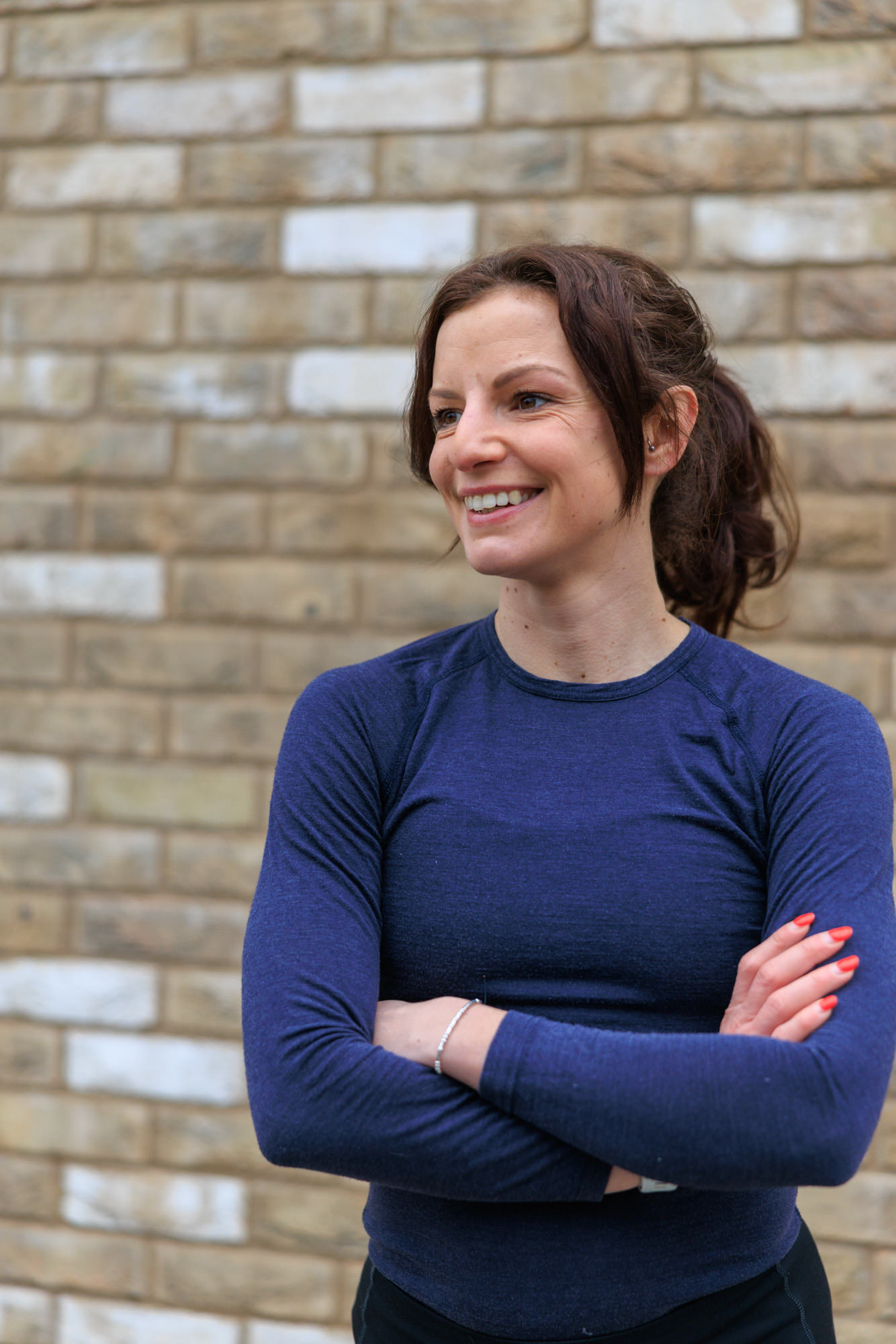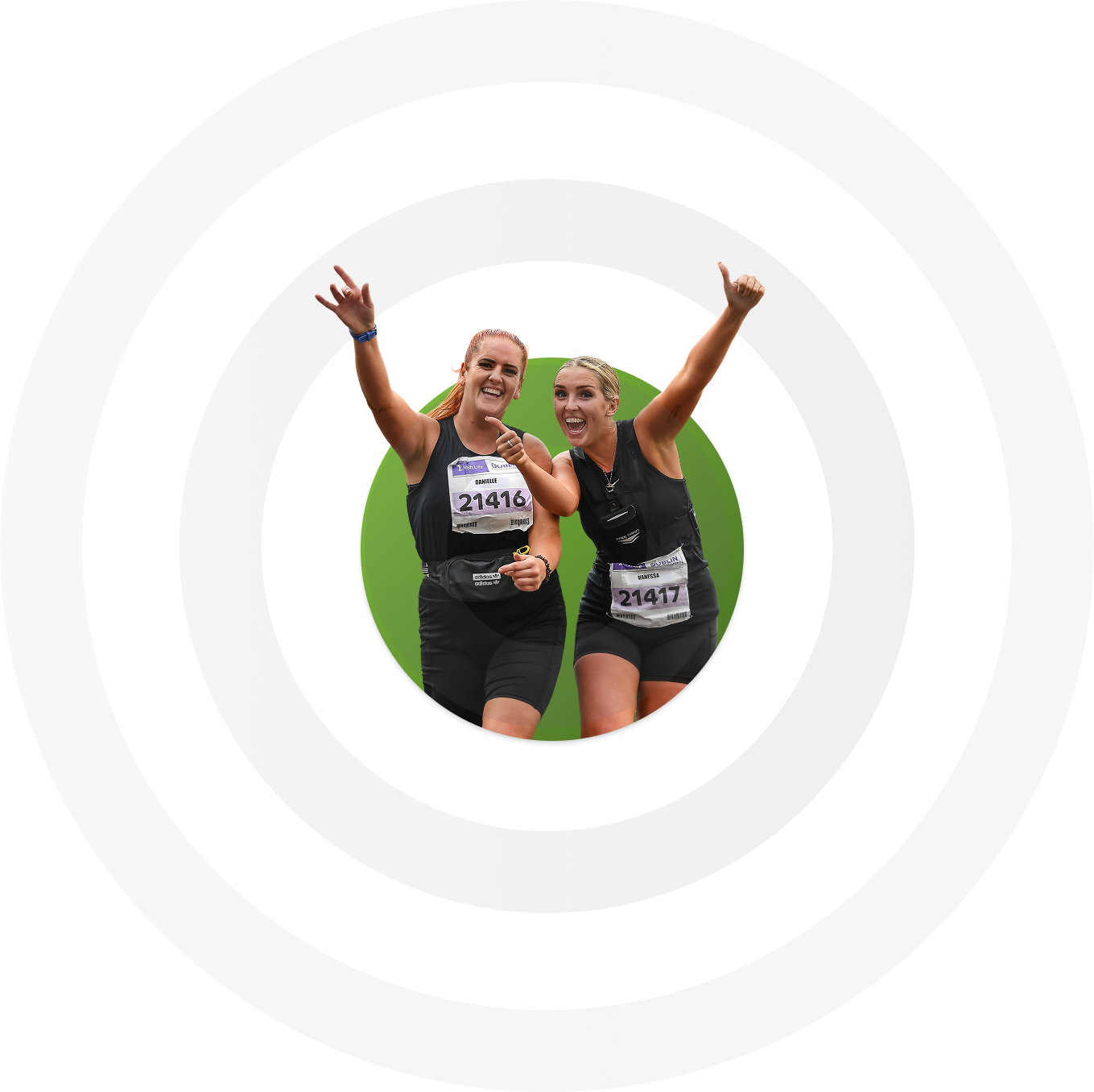Race preparation is important, but what you do after your race is equally important to ensure that you recover effectively.
You may be approaching your 10k race day and feel confident that everything has been geared towards the training leading up to it and also the race plan itself. However one thing you may not have considered at all is what happens afterwards?
The 10k is not the marathon distance so your body is not going to need a couple of weeks to recover . However you do need to think about race recovery as part of your long term training/race planning and the best thing to do is start the recovery stage immediately after the race.
1. Immediately after the race
You might not feel like it, but doing a gentle jog after the race will really help flush the legs and get any lactic acid moving and most importantly, stop it pooling in your legs. It doesn't have to be fast, just getting the legs moving quicker than a walk will be sufficient. Once you’ve jogged around a bit sit down, get some protein drink in you, and stretch. There might be a few muscle groups you'll feel straight away which are more tight and stiff than others. Key areas would be the calves (especially if it was a 10k road race) and the hamstrings.
Doing a gentle jog after the race will really help flush the legs and get any lactic acid moving and most importantly, stop it pooling in your legs.
You probably ran quicker in the race than you have done for a while, if not ever before and hopefully you set a PB . In fact just think about that for a minute. If you have run a PB, you have essentially NEVER run quicker in your life. That means there is going to be some recovery required in the next few days.
2. Rest and massage
Once you have stretched out any sore or tight muscle groups get yourself home and rest the legs. Better still, if there is massage available at the race, why not give yourself a little treat? A massage will really help flush the legs and better still you don't have to do anything except lie on the bed, although granted it might hurt a little.
3. The next day and beyond
Once you’ve got yourself home, it’s really only the next day that you'll be able to tell how much recovery time you'll need. If the legs really feel battered then a couple of days of not running might be an idea. However after a couple of days the more jogging and running you do, the quicker the recovery process. You've heard the expression 'hair of the dog' and it’s similar for running. The best cure for the soreness is what caused it in the first place and that means more running!
As I said earlier a 10k isn't a marathon distance and you will find the legs shouldn't be too bad. It would be ideal though if you could do a gentle jog the following day, and hopefully a week later you’ll be doing something of more substance (like some strides or even a session).
4. Listen to your body
The important thing is to listen to your body . The period after a race is where you are most likely to get injured or even run down by over-training. You don't want to have an easy day after the race and then go straight into a long run. That is going to be asking a lot of the legs, and even though you might get through the long run, it’s the days and weeks after that where you'll start to suffer. Make smart decisions and if you feel the muscles haven't recovered then don't be tempted to do anything more than a jog!
The period after a race is where you are most likely to get injured or even run down by over-training.
Remember any tight muscles are not going to fix themselves by doing more running. The answer lies in stretching them out, getting massage, and maybe even seeing a physio, which will mean you don't cause further damage. There is nothing worse than a tight muscle becoming a tear because you ran too much/too far/too quickly after a race.
5. Spread out your races
Also keep an open mind about when you do another race. It’s best to not sign up for a string of races very close to each other because you don't know how you'll feel after each outing. I would always take at least 2-3 weeks between races, and that is a minimum. Obviously it depends on your level of fitness and how you’re approaching each race.
Athletes will sometimes use races as part of their training and wouldn't be expecting to run a PB every time. Instead they'll have target races throughout the year where they'll really be aiming to run fast. So good luck with the training, and remember you're not expected to run a PB every time you race! It is all about consistency in training, and the times will come. Good luck.




.png)



